CRYSTALS2COLLECT A.C.N 651.525.727 Pty Ltd
TITANITE (SPHENE) with EPIDOTE (small cabinet)
TITANITE (SPHENE) with EPIDOTE (small cabinet)
Couldn't load pickup availability
Titanite, also known as sphene, is a calcium titanium nesosilicate mineral with the chemical formula CaTiSiO5. It often contains trace amounts of iron and aluminum, along with rare earth elements such as cerium and yttrium. Additionally, thorium may partially substitute for calcium in its composition.
Epidote, with the chemical formula Ca2Al2(Fe3+;Al)(SiO4)(Si2O7)O(OH), is a mineral that crystallizes in the monoclinic system and is frequently found in well-formed crystals. These crystals typically exhibit a prismatic shape, with elongation occurring perpendicular to a single plane of symmetry. The term "Epidote" originates from the Greek word 'epidosis,' which translates to "increase," reflecting the characteristic of one side of the prism being longer than the other. The crystal faces are often marked by deep striations, and twinning is common. Variations in iron content influence several properties of the mineral, including color, optical constants, and specific gravity. Epidote can appear in shades of green, grey, brown, or nearly black, but it is most commonly recognized by its yellowish-green or pistachio-green hue. It exhibits strong pleochroism, displaying colors such as green, yellow, and brown. Clinozoisite, a related species, is typically green, white, or pale rose-red and contains minimal iron, sharing the same chemical composition as the orthorhombic mineral zoisite.
As a prevalent rock-forming mineral of secondary origin, epidote is primarily found in metamorphic rocks like marble and schist. It also forms through the hydrothermal alteration of various minerals, including feldspars, micas, pyroxenes, amphiboles, and garnets, within igneous rocks. A rock composed of quartz and epidote is referred to as epidosite. Notable localities for well-developed epidote crystals include Knappenwand near the Großvenediger in Salzburg, where dark green prismatic crystals are found in epidote schist alongside minerals such as asbestos and calcite. Other significant locations include the Ala Valley and Traversella in Piedmont, Arendal in Norway, Le Bourg-d'Oisans in Dauphiné, Haddam in Connecticut, and Prince of Wales Island in Alaska, where large, dark green tabular crystals can be observed.
Shipping & Returns
Shipping & Returns
See our Shipping and Return Policies for details.
Our comprehensive policies about your privacy, refunds, shipping, contact information and terms of trade can be found at the foot of our website. Please, read the policies carefully before placing an order as they are part of the purchase agreement.
Our friendly staff is here to help you with any issue.
The Management
Crystals2Collect
Dimensions and Weight
Dimensions and Weight
Dimensions and Weight are mentioned n the product description and will be used during check out to calculate the shipping costs. For example: 55 45 25 127 means Length 55 mm, Width 45 mm, Height 25 mm, Weight 127 grams. The weight is the approximate nett weight of the specimen including the mount (where applicable).
Share
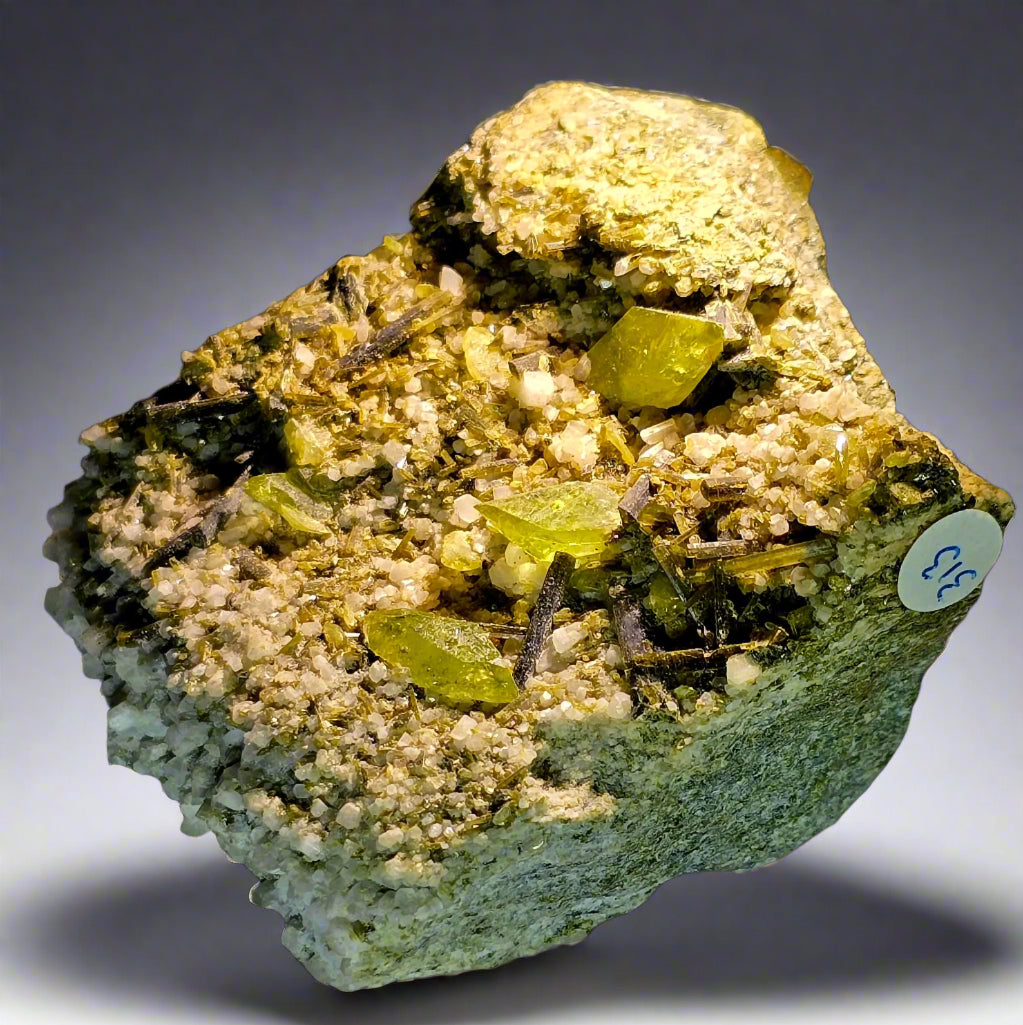
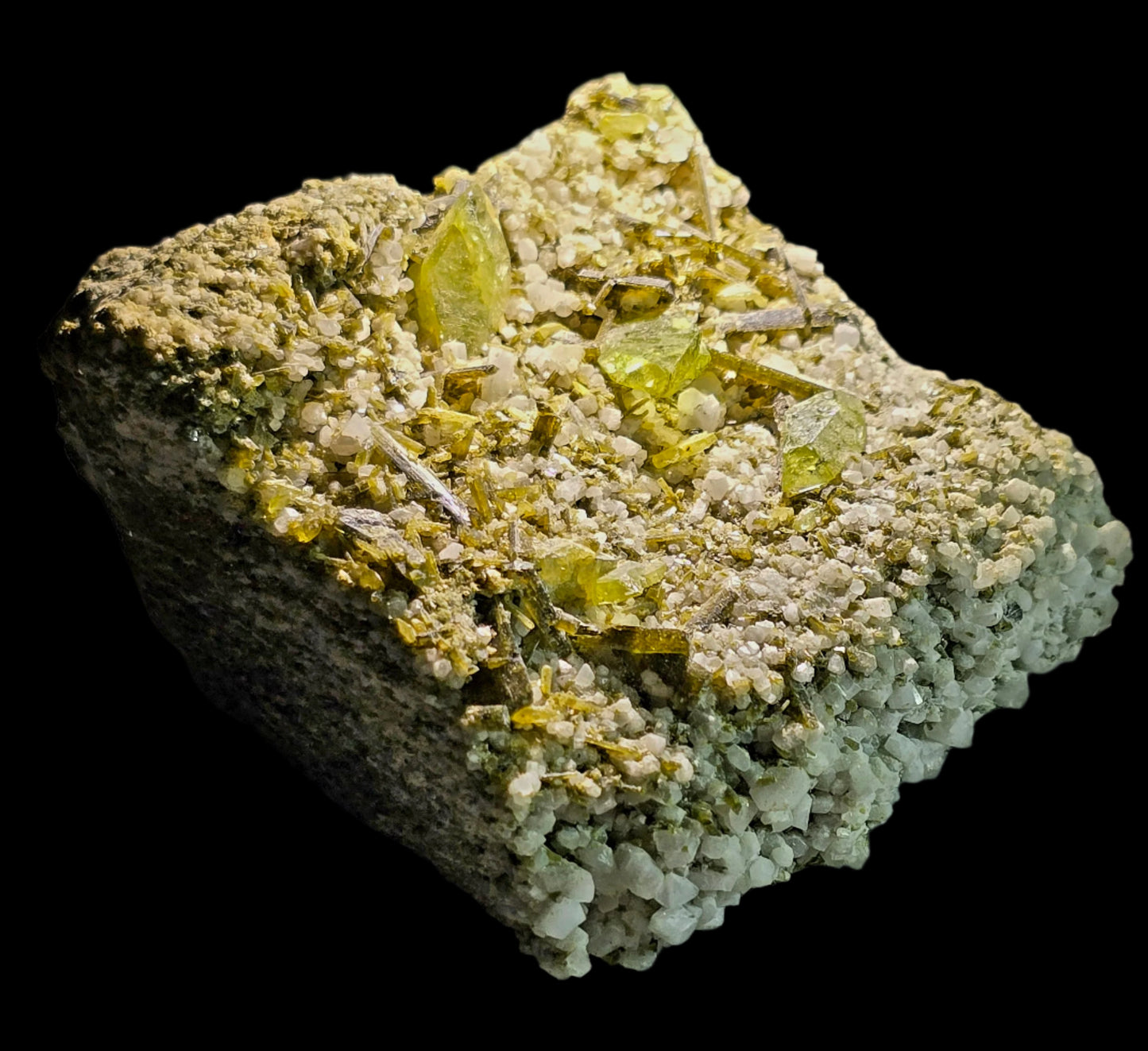
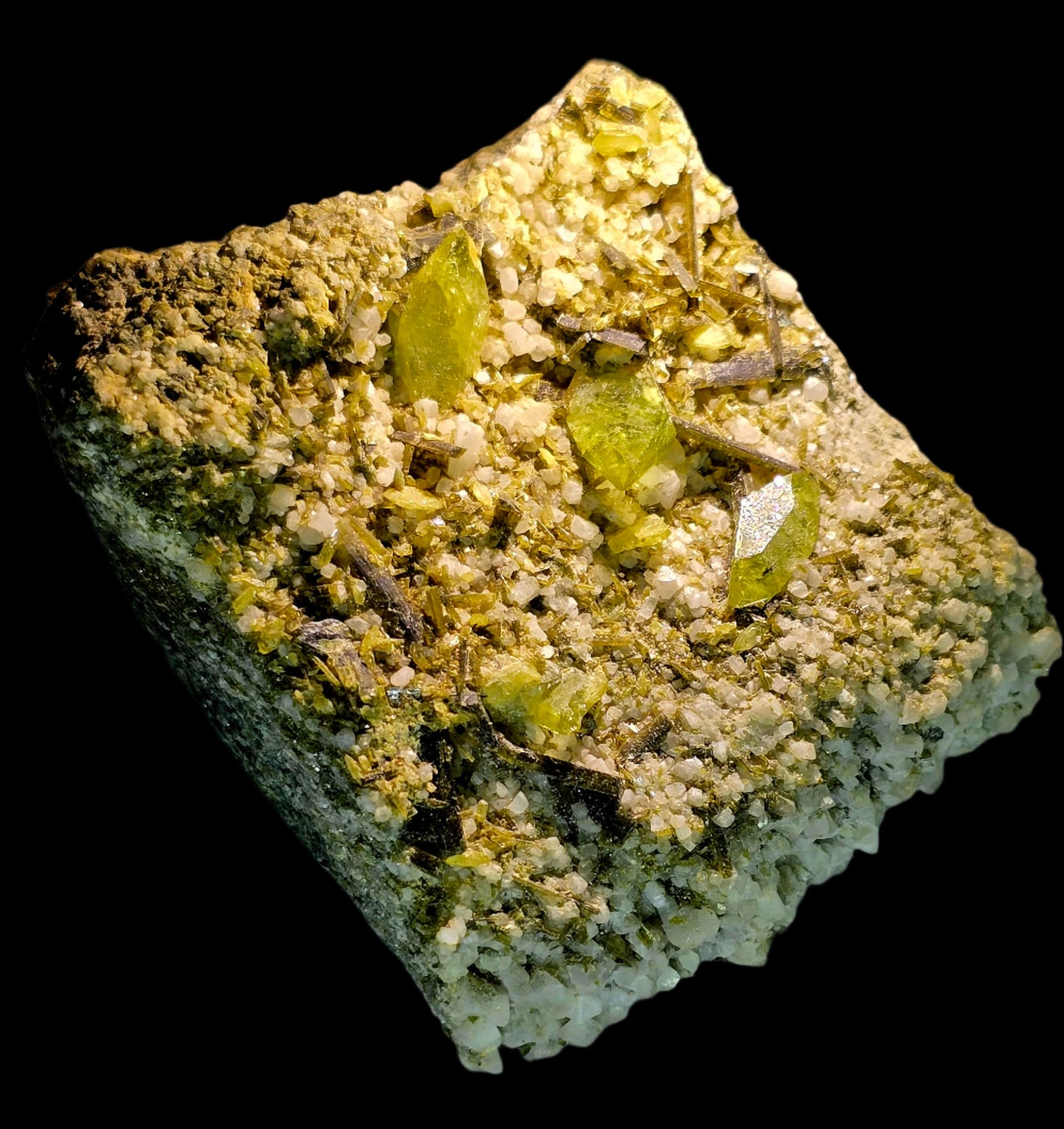
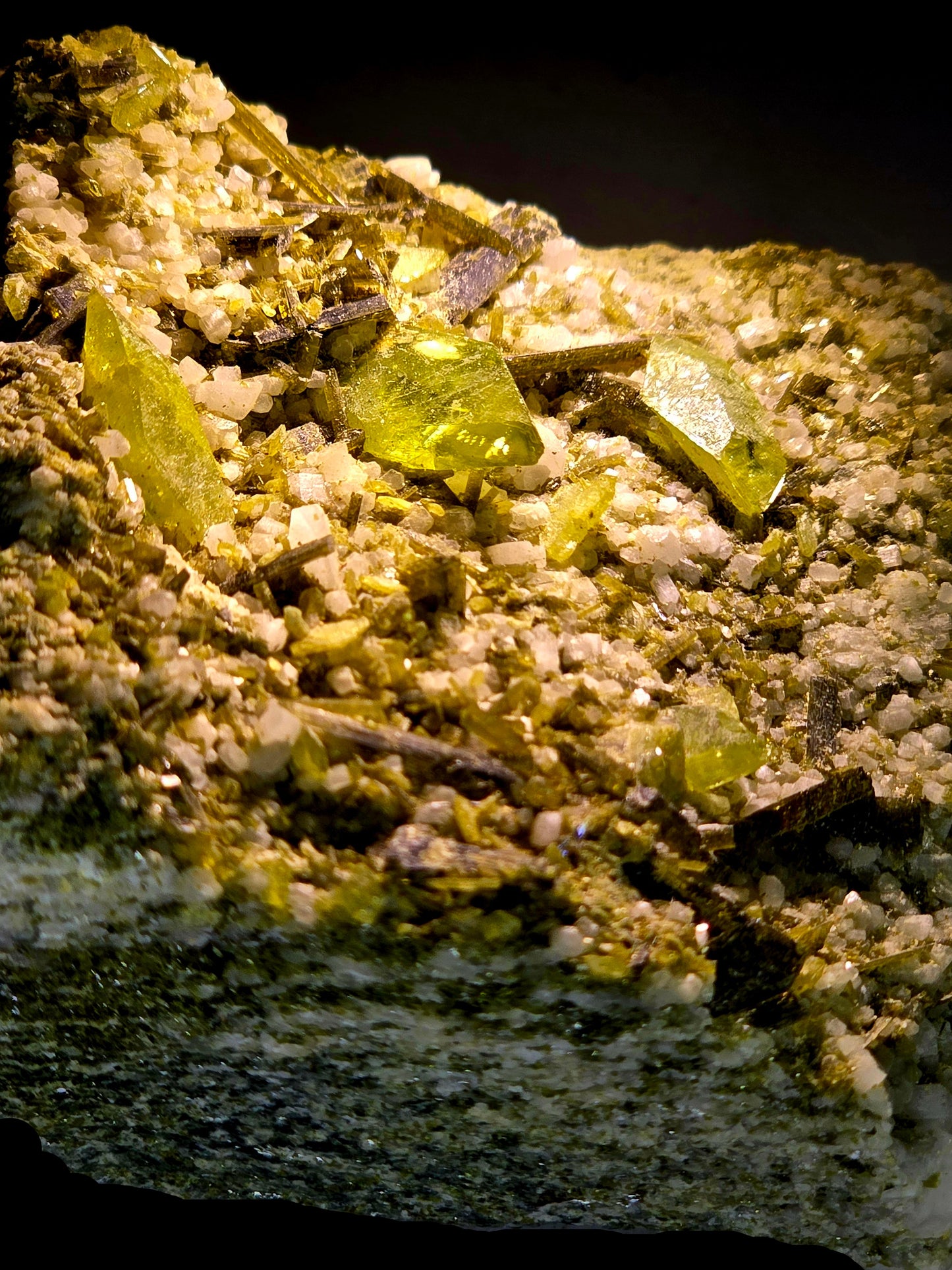
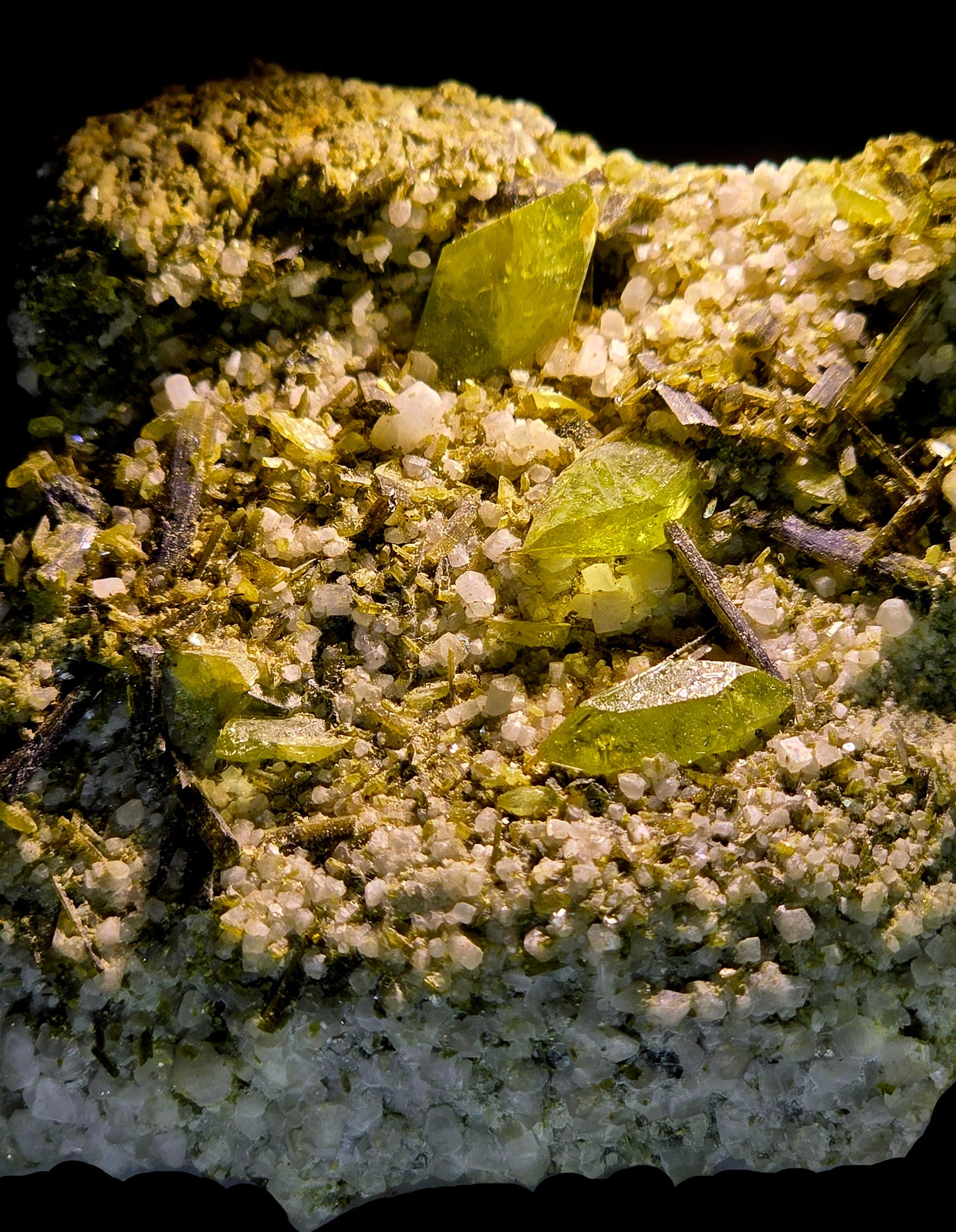
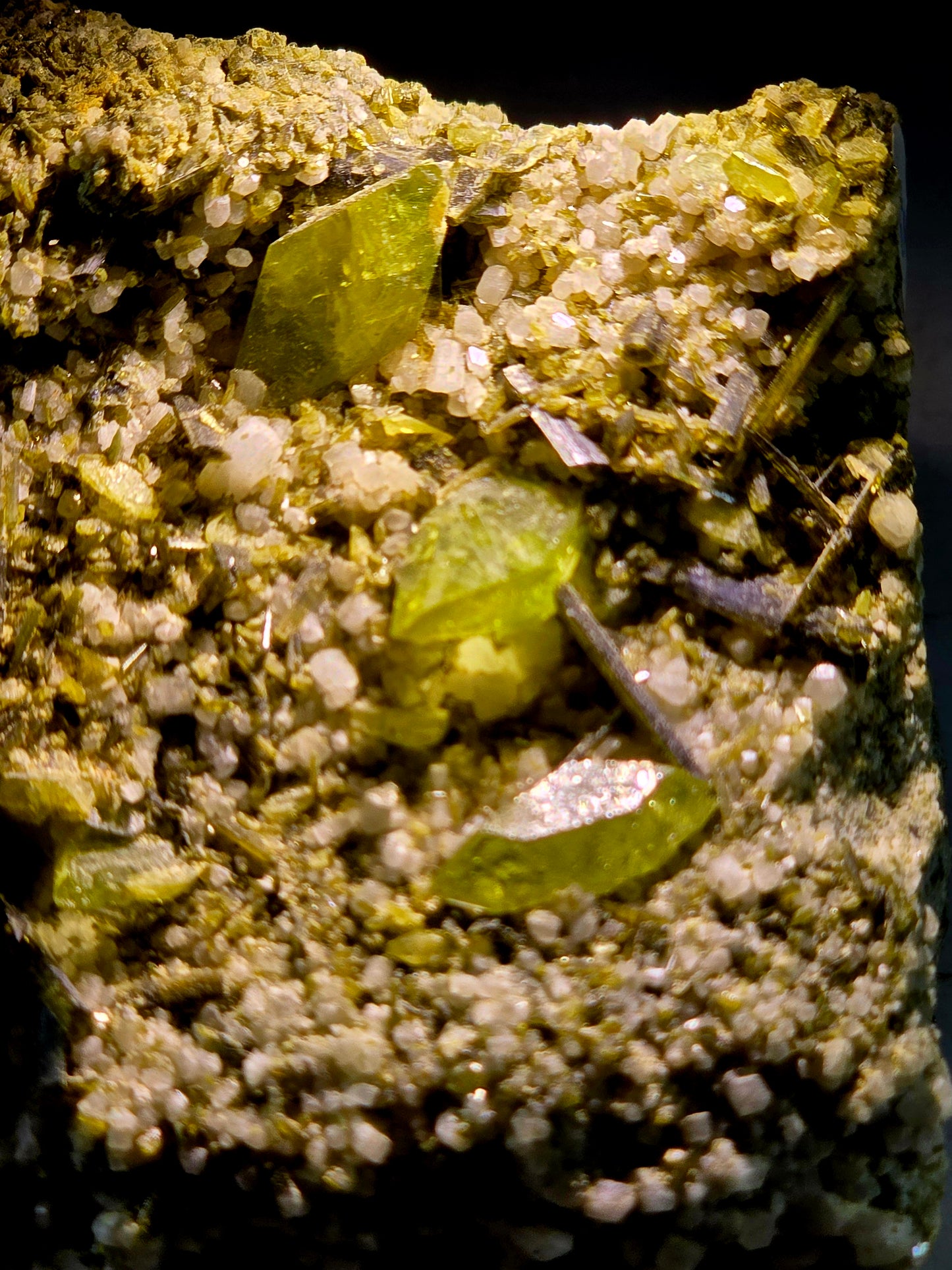
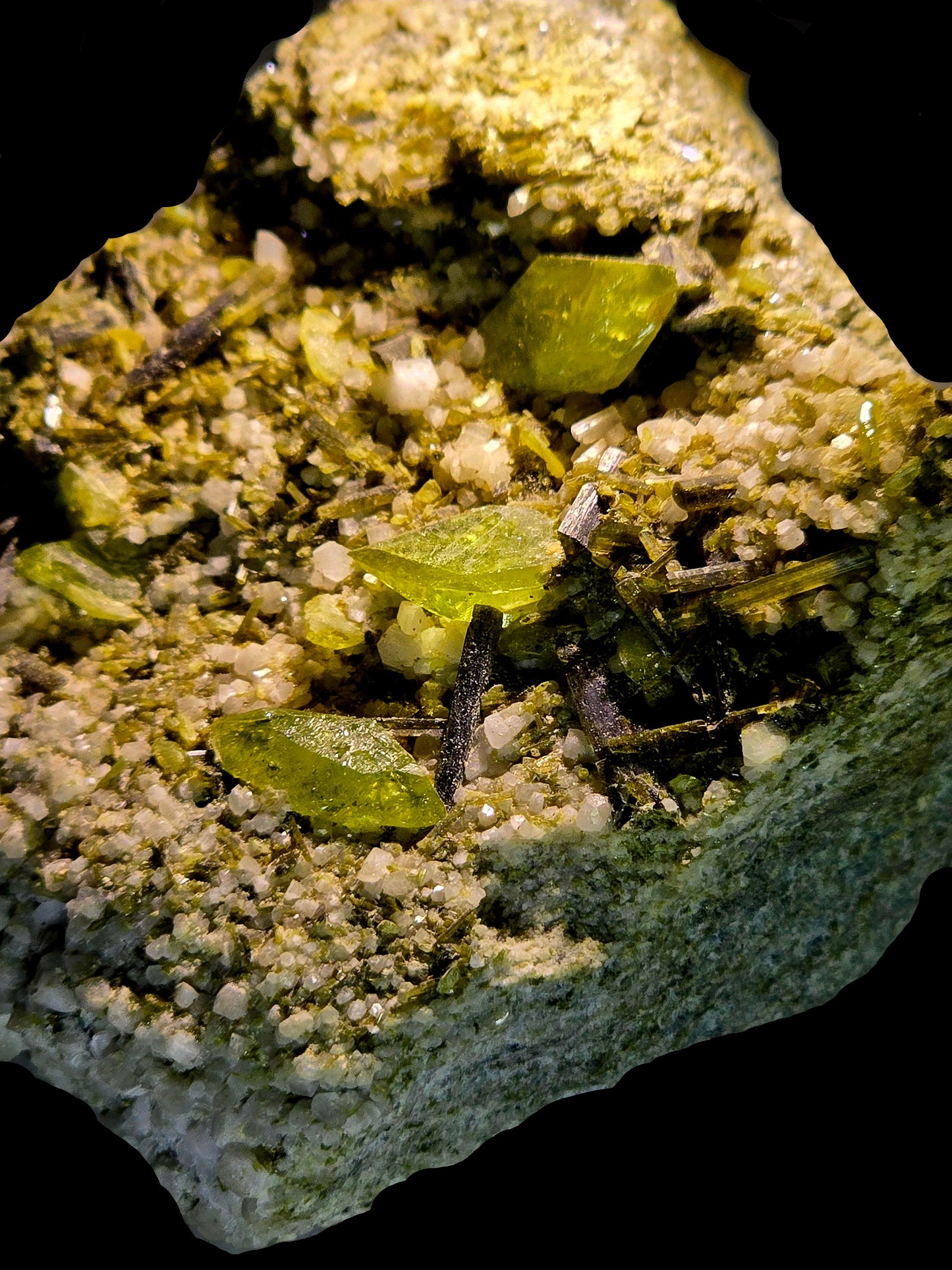
-
Shipping
Shipping is calculated at the checkout and may vary due to destinations, events and restrictions.
-
Hassle-Free Exchanges
If you're not completely happy with your purchase, please reach out to us for assistance with an exchange or return within 20 days after receiving your order. We kindly ask that you do not send back any items without first consulting us for guidance. Please be aware that we cannot accept returns for items that are broken, damaged, radioactive or where returns have been limited or excluded in our Terms of Service or announcement. Thank you for your understanding!







